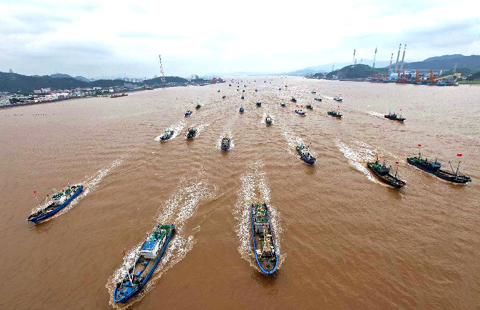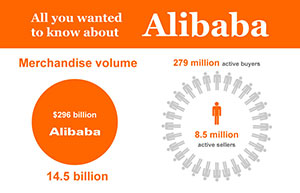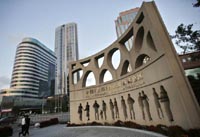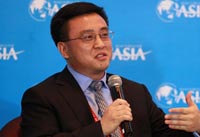PBOC acts to shore up liquidity
(Bloomberg) Updated: 2014-09-18 08:34"We expect monetary conditions to loosen modestly, which will provide some much-needed support for demand growth. Other policies may follow."
Further steps may include accelerating planned fiscal spending, the Goldman analysts said. They estimated that the 500 billion yuan extension of funds through the standing lending facility, or SLF, is roughly equivalent to a half percentage-point cut in the reserve ratio, though such moves tend to have a larger impact.
The five largest banks are Industrial & Commercial Bank of China Ltd, Agricultural Bank of China Ltd, China Construction Bank Corp, Bank of China Ltd and Bank of Communications Co. Press officers at the five lenders declined to comment.
 |
 |
The injection of funds underscored how the PBOC has yet to adopt the type of communication practices followed by its counterparts among the world's largest economies. The European Central Bank, Fed and Bank of Japan typically issue press releases for significant policy actions.
ECB President Mario Draghi this month announced a final round of interest-rate cuts and a plan to buy privately owned securities as he seeks to revive inflation in the 18-nation euro area. BOJ Governor Haruhiko Kuroda this month assured his prime minister he would do what's needed to achieve an inflation target as he continues unprecedented easing.
Chinese Premier Li Keqiang said last week that the government cannot rely on monetary stimulus to spur economic growth.
Yet like his counterparts in Europe and Japan, he faces constraints from moderating tax-revenue gains.
In a speech at the World Economic Forum in the northern city of Tianjin earlier this month, Li said the government will not be distracted by short-term fluctuations in individual economic indicators and will maintain its focus on structural adjustments and dealing with long-term issues.
"A pessimistic tone that China may miss its whole-year economic growth target and the government needs to adopt strong stimulus measures such as an interest rate cut is getting louder," according to a commentary by the official Xinhua News Agency published on Tuesday. "These noises emerge repeatedly because: on one hand, they are not seeing the new normal in China's economy, and on the other hand, they are showing distrust in China's reforms."
Before the latest action, the central bank had made two targeted reductions in reserve ratios after instructions from the State Council, China's cabinet. The first, in April, applied to some small rural banks and the second, detailed by the PBOC in June, covered most city commercial banks and non-county-level rural commercial banks and cooperatives.
"The PBOC has left itself a lot of flexibility," Hu Yifan, chief economist at Haitong International Securities Co in Hong Kong, said by phone. The injection has the same result as a reduction in the reserve requirement ratio while being "more controllable," she said.
- Apple to unveil new iPads, operating system on Oct 21: report
- New momentum over China-Singapore economic corridor
- Home prices decline in most Chinese cities in August
- China's high-growth aviation gains global concerns
- Cambodian telecom firm cooperates with Huawei to build 4G network
- Trade growth is Dubai's new 'desert miracle'
- Baijiu industry banks on surge in online sales
- More tax breaks for small Chinese firms

















